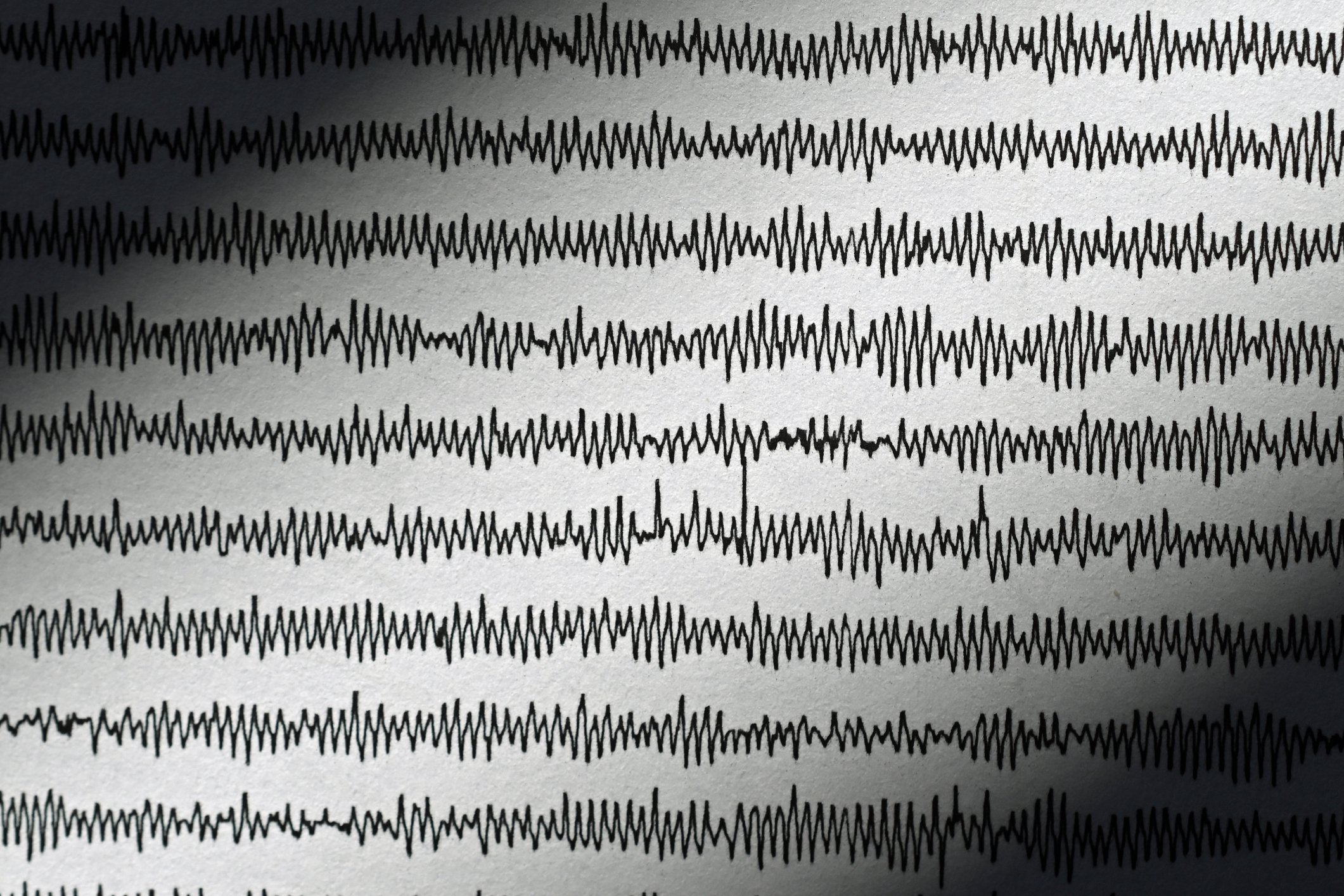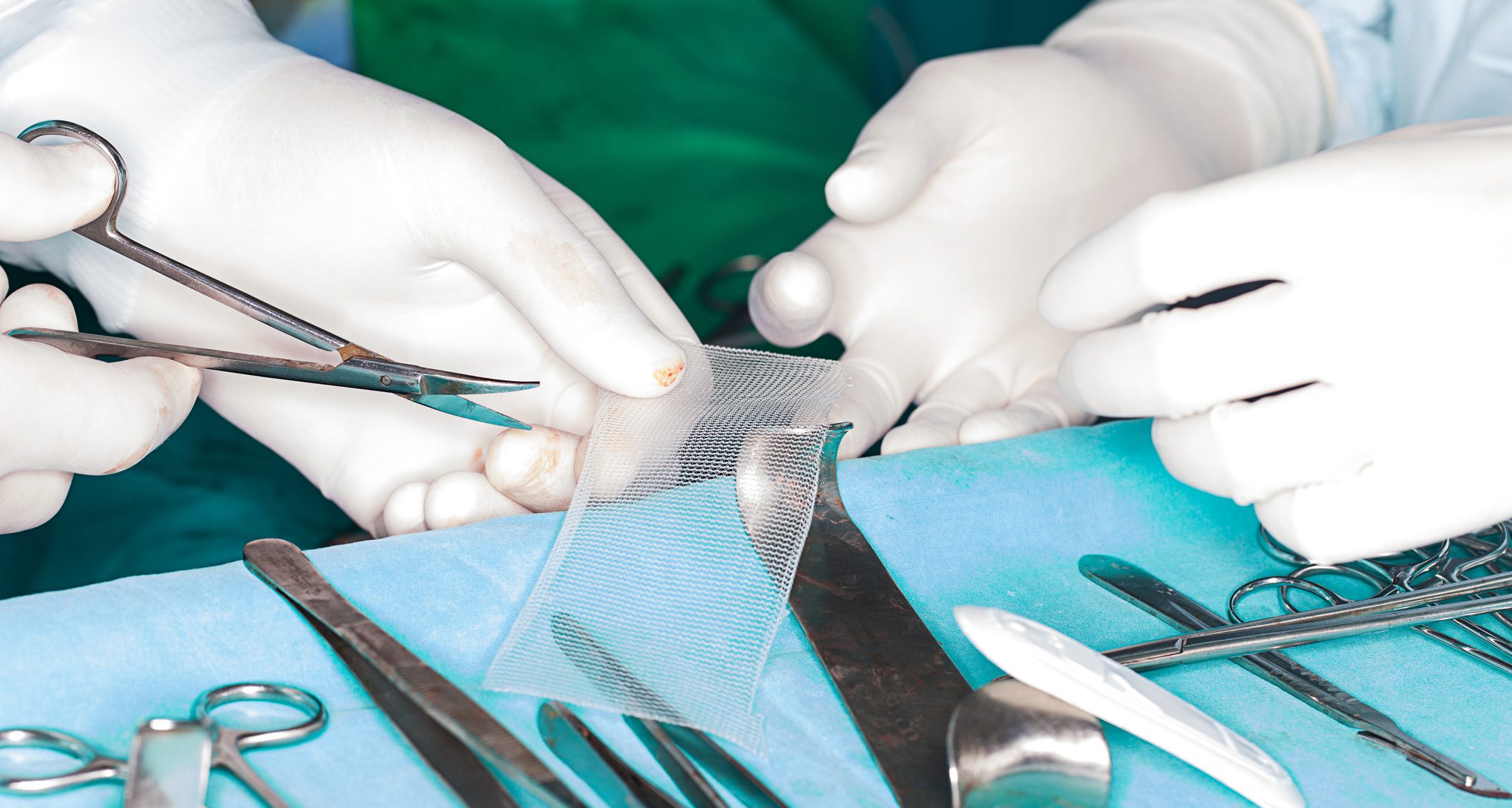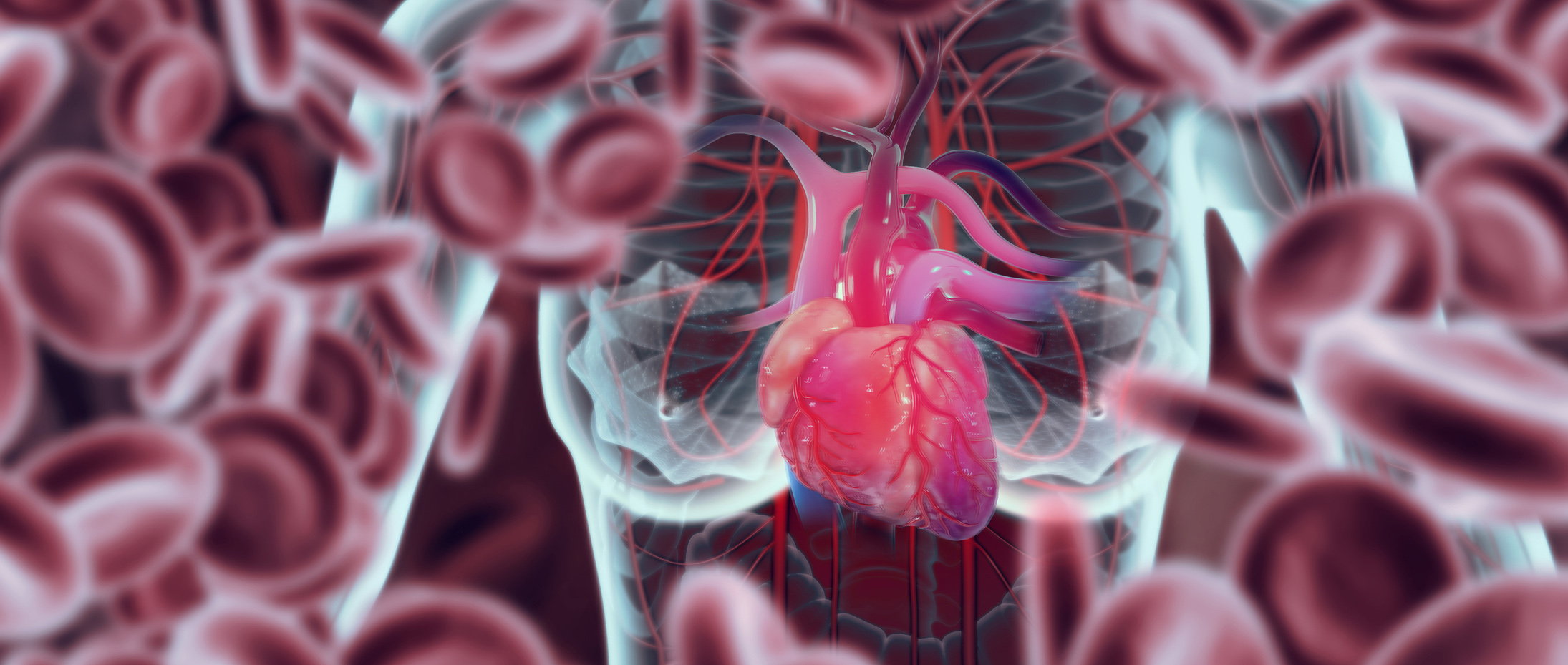When a “great master” like Prof. Brunello Wüthrich celebrates his 75th birthday, his students, successors and friends like to come together to celebrate him. However, they not only bring back memories and photos from the past that inspire laughter, but also proudly show their teacher how they continue his work.
More than 1000 publications, ten books and 70 dissertations have already been contributed to the scientific discussion by Prof. Brunello Wüthrich in the more than 40 years of his work. This has now earned him the title of “Fusculus Furiosus Allergologiae Supra Magister” at the birthday symposium organized by Prof. Barbara Ballmer-Weber and Prof. Peter Schmid-Grendelmeier; loosely translated: “Fusculus” – the little brown or Brunello and “Furiosus” from angry/Wüthrich – the “Grand Master of Allergology”. Dr. Georg Schäppi, Bern, paid special tribute to the services rendered to the patient organization aha! In honor of the jubilarian, selected services for neurodermatitis sufferers there are financed from a Brunello Wüthrich Neurodermatitis Fund (BWNDF).
Shot Doctor
“Everything you can swallow is also a possible allergen,” is said to be one of Prof. Wüthrich’s maxims, as Prof. Andreas Bircher, MD, of Basel, Switzerland, pointed out. But the list of possible allergens Prof. Wüthrich has published about goes far beyond edibles – cosmetic products such as lipsticks and eye makeup, drinks containing carmine, medications, and even ingredients in gummy bears can cause itching, erythema, asthma, and urticaria. Prof. Wüthrich was extremely persistent in his efforts to enforce the mandatory declaration of color ingredients in food and to make rare allergens known. He was one of the first to describe cross-allergies.
Dr. med. Peter Eng, Aarau/Lucerne, reported in his review about the time when the allergologists at the USZ were still called “shot doctors” at the beginning of the 1950s. At that time, specific immunotherapy with aqueous extracts from the USA and later the Blamoutier co-seasonal scarification method were used. New adjuvants, allergen immunotherapy (AIT)/anti IgE combinations, recombinant allergens/hypoallergenic variants, T-cell peptides, and new routes such as intralymphatic immunotherapy (ILIT) and epidermal immunotherapy (EPIT) have been developed as strategies to improve allergen extracts.
Fragrance allergies
Prof. Peter Elsner, MD, from Jena, Germany, addressed the topic of fragrance allergies in Europe. Fragrances are increasingly used in all products of daily life. Data on fragrance allergy in the general population are currently limited. Allergies to fragrances are believed to have increased in recent decades due to increased use in industry. According to a recent epicutaneous test (EC), the sensitization rate to a tested fragrance mix is 7.7 in Switzerland and highest in Austria with 10.4 [1]. According to an EC test in Zurich, contact sensitization to nickel is in first place, and that to fragrance mix is already in second place [2].
To further substantiate the emerging trends with figures, an elaborate investigation, the EDEN study, was conducted in Europe (“European Dermato-Epidemiology Network”) [3]. The aim was to find out the correct test procedure for the detection of fragrance allergies and the prevalence of fragrance allergies in the general population in a European comparison.
In six European centers (Germany, Sweden, Italy, Holland, Portugal), a total of 12 377 participants were randomized and tested epicutaneously with verum or placebo. Additional information was collected on age, gender, ethnic group, education, occupation, marital status, smoking, and BMI. A detailed history of exposure to fragrances, metals, plastics, rubber, leather, hair dyes, and topical medications was obtained. The EC was performed with the 29 most common allergens and 20 fragrances or a fragrance mix, special emphasis was placed on standardization of the testing.
Result: 25.3% of the European general population have contact sensitization to at least one of the allergens in the test battery. Prevalence is higher in women and varies between the six European centers. Fragrances are not the most important cause of sensitization in the general population compared to metals (nickel) and preservatives (thiomersal, preservative in cosmetic and pharmaceutical products). Prof. Elsner emphasized that it is important to warn against pointless allergy tests and to always consider the relevance behind them. Results that are in line with one of Prof. Wüthrich’s main concerns: protecting allergy patients from pointless tests and ineffective therapies.
Source: Symposium on the 75th birthday of Prof. Brunello Wüthrich at the USZ, September 26, 2013.
Literature:
- Uter W, et al: Current patch test results with the European baseline series and extensions to it from the “European Surveillance System on Contact Allergy” network, 2007-2008. Contact Dermatitis 2012; 67(1): 9-19.
- Janach et al: Changing delayed-type sensitizations to the baseline series allergens over a decade at the Zurich University Hospital. Contact Dermatitis 2010; 63(1): 42-48.
- Rossi M, et al: Design and feasibility of an international study assessing the prevalence of contact allergy to fragrances in the general population: the European Dermato-Epidemiology Network Fragrance Study. Dermatology 2010; 221(3): 267-275.












